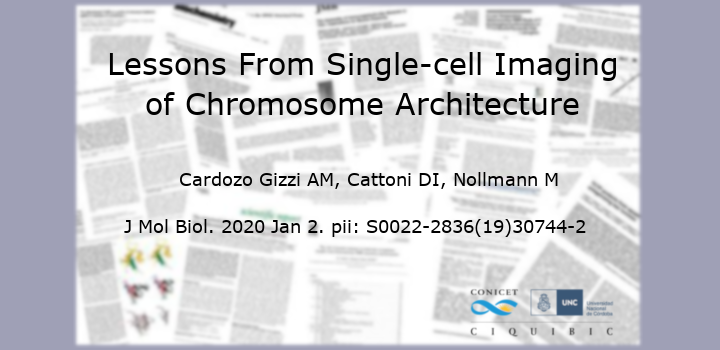Cardozo Gizzi A. et al. J Mol Biol. 2020
Eukaryotic genomes are folded in a hierarchical organization that reflects and possibly regulates their function. Genomewide studies revealed a new level of organization at the kilobase-to-megabase scale termed “topological associating domains” (TADs). TADs are characterized as stable units of chromosome organization that restrict the action of regulatory sequences within one “functional unit.” Consequently, TADs are expected to appear as physical entities in most cells. Very recent single-cell studies have shown a notable variability in genome architecture at this scale, raising concerns about this model. Furthermore, the direct and simultaneous observation of genome architecture and transcriptional output showed the lack of stable interactions between regulatory sequences in transcribing cells. These findings are consistent with a large body of evidence suggesting that genome organization is highly heterogeneous at different scales. In this review, we discuss the main strategies employed to image chromatin organization, present the latest state-of-the-art developments, and propose an interpretation reconciling population-based findings with direct single-cell chromatin organization observations. All in all, we propose that TADs are made of multiple, low-frequency, low-affinity interactions that increase the probability, but are not deterministic, of regulatory interactions.
Authors: Cardozo Gizzi AM, DI Cats, Nollmann M.



